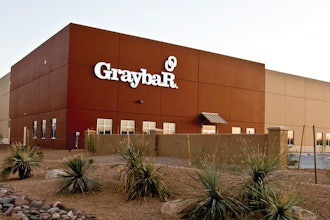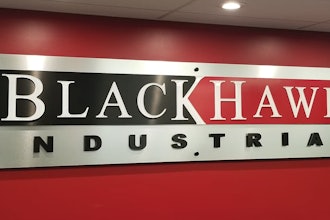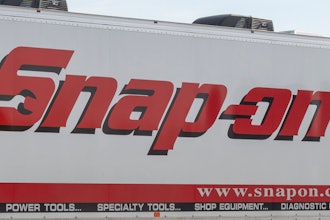An effective team will define specific performance goals, a work-product, a set of challenges to overcome, and milestones to meet.
Teams, team results, team culture, performance goals, milestones, team work-product, focus, goals, problem solving, objectives, productivity.
When team results lag, leaders must closely examine the team culture. The culture is established when the team is initiated and is defined by its charter, mission, norms, roles, responsibilities, and performance goals. An effective team will define specific performance goals, a work-product, a set of challenges to overcome, and milestones to meet.
The team culture will define how and what the team will produce. Poor performance can be attributed to many areas including team:
- Leadership
- Norms
- Roles
- Responsibilities
However, most often a lack of team performance is the result of poorly conceived performance goals or a lack of clear understanding of what the team is to accomplish. Both are closely interrelated and will create a faulty team structure, which will lead to either a lack of results or ill-defined results that have little or no value to the organization.
A well-defined and performing team should be producing an output that has identifiable value to and for the organization. In other words, the output of the team is greater than the sum of the individual contributions of the team members. To achieve this, teams must be focused on the attainment of specific performance goals.
Effective team results and reliable outcomes are the result of the establishment of a firm team foundation from the outset of the team's creation. When teams develop their charter and mission they are also setting the performance goals that establish the tone and aspirations of the team. In this fashion, teams develop their direction, momentum, and commitment by working to shape a meaningful purpose. Part of that purpose is defined by the results and outcomes the team is expected to produce when its work is completed.
If team performance lags or is ineffective, one must review the initiation points of the team, how it defined itself, and the work it planned to produce. The areas that need to be explored include:
Specific Performance Goals
The establishment of specific performance goals is an integral part of the team process. This assists the team to shape a common purpose that is meaningful to all of the team members. Performance goals should be compelling and challenge teams to make a difference. In addition, they should be linked to the charter and mission of the team and achieve its purpose in a meaningful way.
Upon its creation, the team should immediately establish a few challenging yet achievable goals early on to build confidence and feelings of success. These goals should be both measurable and capable of assessment.
The Team Work-Product
The team work-product is different from both the organizational mission and individual job objectives. It requires equivalent contributions from all of the members of the team. This process should not be minimized or it will result in future problems for the team.
Assigned tasks and assignments that make up the contributions of the team should be completed by the team members and not delegated or reviewed by them. While staff support may be required, team members should perform the majority of the assignment, so that they acquire firsthand knowledge of the output that they produce. This develops respect, trust, and accountability between team members.
The use of delegated work limits both the commitment of team members and their appreciation for its content and contribution. It also minimizes the insights and the innovative potential of the team. If team output lags, this may be a critical point of investigation.
Performance Goals
Performance goals should be clearly stated and understood by team members. When this happens, discussions focus on how to pursue the goals or if they should be changed. When goals are ambiguous or non-existent, discussions are less productive. Teams will spend time revisiting issues and problems without making meaningful progress.
Attainment of Performance Goals
The attainment of specific performance goals assist teams to maintain their focus on getting results. If a team doesn't attain its desired results and outcomes it can often be attributable to the team's failure to establish specific performance goals. Further, the establishment of specific performance goals allows teams to create a series of small team wins that builds the commitment of team members.
Performance Objectives
Teams should establish specific performance objectives. In so doing they will allow for clear communication between team members and create constructive conflict to discuss issues and develop solutions.
Summary
As the reader can clearly see, many of the performance failures experienced by teams are the result of inadequate planning and preparation at the time the team is initiated. Proper performance goals, objectives, and work-related outcomes must be clearly defined and understood if they are to be realistically attained. Any attempt to short-circuit this process will only create future problems. This will result in the team having to revisit their foundations in order to successfully accomplish their mission.
Excerpt: Developing & Planning for Team Results: Pinpoint Leadership Skill Development Training Series.(Majorium Business Press) $ 19.95 USD
If you would like to learn more about improving team performance, refer to Developing & Planning for Team Results: Pinpoint Leadership Skill Development Training Series. This training skill-pack features eight key interrelated concepts, each with their own discussion points and training activity. It is ideal as an informal training tool for coaching or personal development. It can also be used as a handbook and guide for group training discussions. Click here to learn more.
Photo credit: US Embassy New Zealand






















